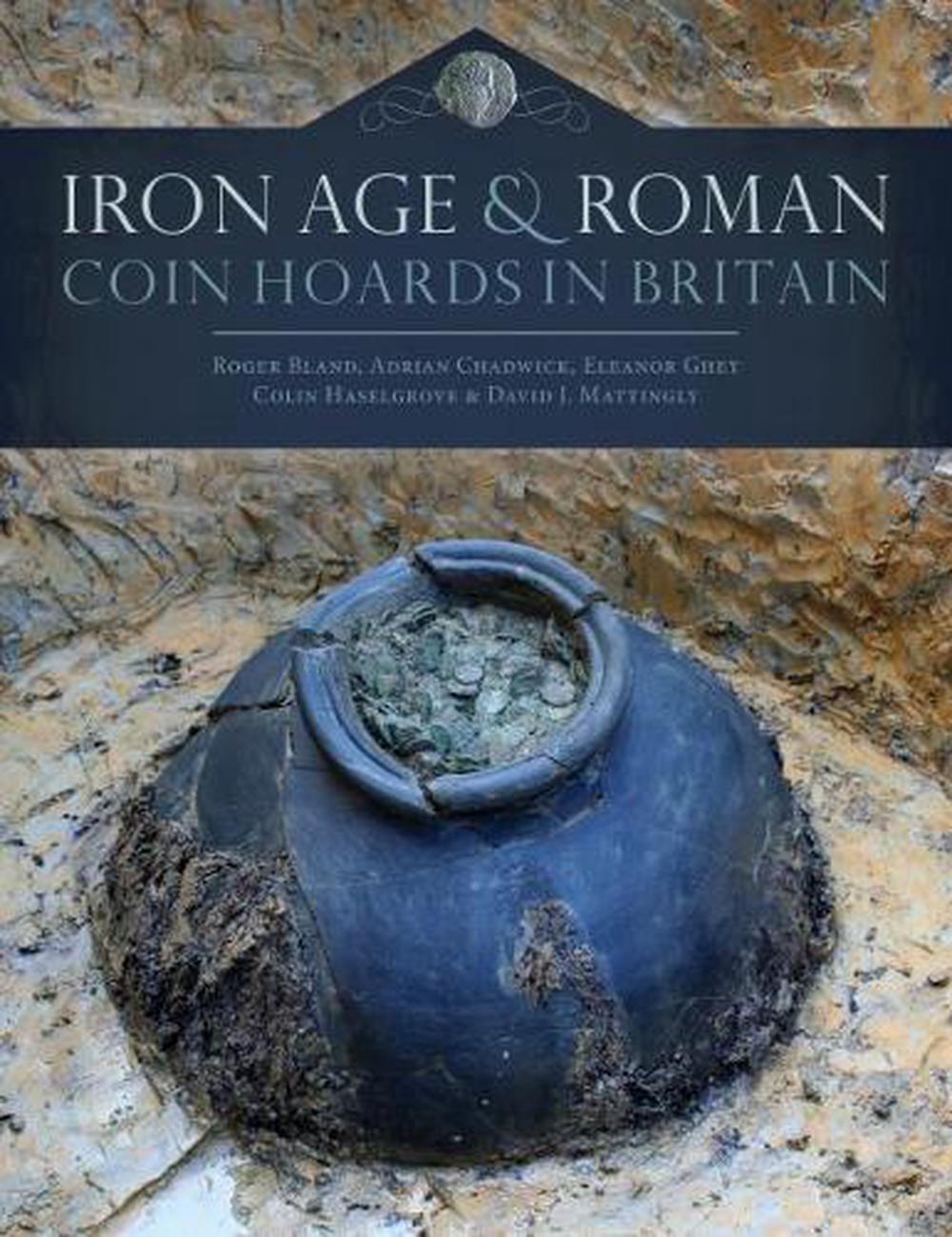
Iron Age and Roman Coin Hoards in Britain
$270.02
- Hardcover
384 pages
- Release Date
1 April 2020
Summary
More coin hoards have been recorded from Roman Britain than from any other province of the Empire. This comprehensive and lavishly illustrated volume provides a survey of over 3260 hoards of Iron Age and Roman coins found in England and Wales with a detailed analysis and discussion.Theories of hoarding and deposition and examined, national and regional patterns in the landscape settings of coin hoards presented, together with an analysis of those hoards whose findspots were surveyed and of th…
Book Details
| ISBN-13: | 9781785708558 |
|---|---|
| ISBN-10: | 1785708554 |
| Author: | Roger Bland, Adrian Chadwick, Eleanor Ghey, Colin Haselgrove, David J. Mattingly |
| Publisher: | Oxbow Books |
| Imprint: | Oxbow Books |
| Format: | Hardcover |
| Number of Pages: | 384 |
| Release Date: | 1 April 2020 |
| Weight: | 1.63kg |
| Dimensions: | 280mm x 216mm |
What They're Saying
Critics Review
The online database is here analysed with informative maps, diagrams and tables, seeking answers to what, when, where and why. * British Archaeology *Filled with maps, graphs, and imagies of both spectacular and not-so-spectacular hoards, this is clearly an ambitious piece of work and should be considerd essential reading for anyone interested in the phenomenon. * Current Archaeology *Altogether the work is an exceptional illustration of the successes that digital approaches to the ancient world can produce. Bland, Chadwick, Ghey, and Haselgrove deserve the highest praise for their contributions to hoard studies and for advancing understanding of the complexities of Iron Age and Roman Britain. * Bryn Mawr Classical Review *The presentation is excellent and the treatment of the subject is comprehensive and exhaustive…sets a model for other studies from other periods and for this alone the team who have produced this volume are to be thanked and congratulated. * Archaeologia Cambrensis - Cambrian Archaeological Association *
About The Author
Roger Bland
Roger Bland was President of the British Numismatic Society from 2011 to 2016. He retired from the British Museum in 2015, where he was Keeper of the Department of Britain, Europe and Prehistory and Head of the Portable Antiquities Scheme. Before that he was curator of Roman coins at the Museum. Dr Adrian Chadwick is a Teaching Fellow in Archaeology at the University of Bristol and was a Research Associate in the Hoarding Project. He holds a PhD from the University of ales and his main research interests are My research focuses on landscape archaeology, and aspects of Bronze Age, Iron Age and Roman Britain and Europe; particularly field systems and land allotment, rural settlement, the archaeology of upland areas, and of coastal communities. Eleanor Ghey is a curator in the Department of Coins and Medals at the British Museum with responsibility for the Iron Age and Coin Hoards reported as potential Treasure under the Treasure Act 1996. Her role involves reporting and advising on new discoveries and she has published research on hoards from the British Isles and a number of site assemblages. Her background and doctoral research are in archaeology and she has worked at a number of UK museums prior to joining the British Museum in 2007. Professor of Archaeology, Univ of Leicester.
Returns
This item is eligible for free returns within 30 days of delivery. See our returns policy for further details.




